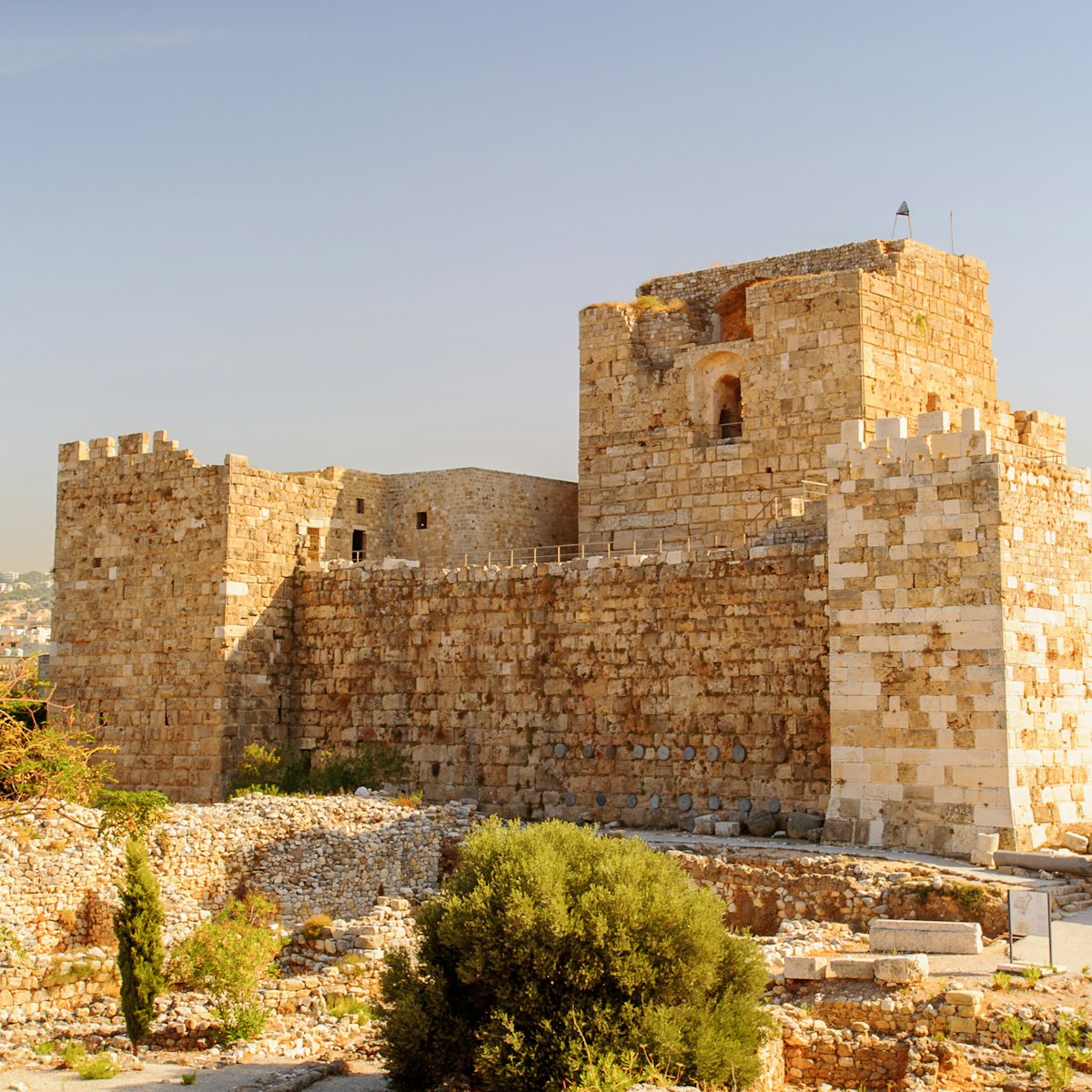
Byblos
A restored 12th-century Crusader castle surrounded by a 10m-wide dry moat is located just inside the entrance to Byblos' atmospheric archaeological site…

Byblos
A restored 12th-century Crusader castle surrounded by a 10m-wide dry moat is located just inside the entrance to Byblos' atmospheric archaeological site…

Byblos
A well-restored Crusader castle dominates Byblos' atmospheric archaeological site, which incorporates Neolithic, Chalcolithic, Greek and Roman ruins –…

Byblos
Head to the archaeological complex's most modern building – a rather lovely 19th-century house – to inspect its oldest. Just south of the house, you can…

Byblos
These nine tombs were cut in impressive vertical shafts deep into the rock in the 2nd millennium BC and discovered after a landslip. Some of the…

Byblos
Construction of this heartwarmingly beautiful Romanesque church in the medieval streets above the harbour commenced in 1115 and the structure was extended…

Byblos
The site's oldest temple dates back to the early 3rd millennium BC and was dedicated to the goddess of the city. Destroyed by the Amorites, it was…

Byblos
Remains of the early 2nd millennium BC Obelisk Temple have 1500 gold-covered votive offerings in the shape of human figures, which were discovered here in…

Byblos
To get access to earlier temples beneath it, this 3rd-century AD Roman theatre was moved and reconstructed by the sea cliff in the 1930s. It's one-third…

Byblos
This temple dates from the 3rd millennium BC and is thought to have been burned down during the Amorite invasions. It was then replaced with the Temple of…

Byblos
Used at least as far back as the Neolithic period, this spring supplied the city with water until the end of the Hellenistic era (and where, according to…

Byblos
You can begin your tour here by turning left to explore the ruins, which include the remains of city ramparts dating from the 3rd and 2nd millennium BC.